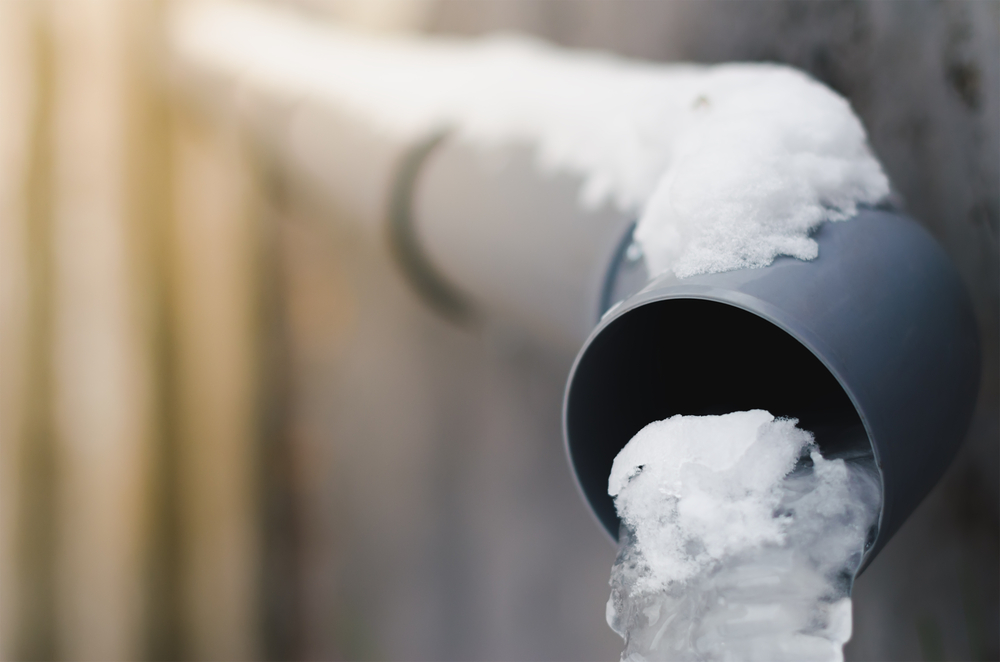Tips for Preventing Frozen Pipes in Winter: Expert Tips
Tips for Preventing Frozen Pipes in Winter: Expert Tips
Blog Article
How do you really feel with regards to Winter Plumbing Precautions: Preventing Frozen Pipes?

Cold weather can ruin your pipes, particularly by freezing pipes. Right here's just how to prevent it from taking place and what to do if it does.
Intro
As temperatures decrease, the threat of frozen pipelines rises, potentially bring about pricey repairs and water damage. Understanding just how to prevent frozen pipelines is crucial for house owners in cool climates.
Prevention Tips
Insulating vulnerable pipelines
Wrap pipelines in insulation sleeves or make use of warmth tape to safeguard them from freezing temperature levels. Focus on pipes in unheated or exterior areas of the home.
Home heating techniques
Keep indoor rooms adequately heated up, especially locations with pipes. Open cabinet doors to enable cozy air to circulate around pipelines under sinks.
Exactly how to identify frozen pipelines
Look for decreased water flow from faucets, unusual odors or noises from pipelines, and visible frost on subjected pipes.
Long-Term Solutions
Architectural changes
Take into consideration rerouting pipes far from exterior wall surfaces or unheated areas. Include added insulation to attics, basements, and crawl spaces.
Upgrading insulation
Purchase high-grade insulation for pipelines, attic rooms, and wall surfaces. Correct insulation helps preserve consistent temperature levels and decreases the threat of icy pipes.
Protecting Exterior Plumbing
Yard hose pipes and exterior taps
Separate and drain garden hose pipes prior to winter season. Install frost-proof spigots or cover outside taps with protected caps.
Recognizing Frozen Pipes
What triggers pipelines to freeze?
Pipelines ice up when exposed to temperatures below 32 ° F (0 ° C) for extended durations. As water inside the pipes freezes, it broadens, putting pressure on the pipeline wall surfaces and possibly triggering them to break.
Threats and damages
Frozen pipes can result in water system disruptions, home damages, and costly repair services. Ruptured pipes can flood homes and create comprehensive architectural damage.
Signs of Frozen Water Lines
Recognizing frozen pipelines early can stop them from bursting.
What to Do If Your Pipelines Freeze
Immediate actions to take
If you suspect frozen pipelines, keep taps open to eliminate pressure as the ice thaws. Utilize a hairdryer or towels taken in warm water to thaw pipes slowly.
Conclusion
Stopping frozen pipes calls for positive measures and fast feedbacks. By comprehending the causes, signs, and preventive measures, homeowners can shield their pipes during winter.
6 Proven Ways to Prevent Frozen Pipes and Protect Your Home
Disconnect and Drain Garden Hoses
Before winter arrives, start by disconnecting your garden hoses and draining any remaining water. Close the shut-off valves that supply outdoor hose bibs and leave the outdoor faucet open to allow any residual water to drain. For extra protection, consider using faucet covers throughout the colder months. It’s also important to drain water from any sprinkler supply lines following the manufacturer’s directions.
Insulate Exposed Pipes
Insulating your pipes is an effective way to prevent freezing. Pipe insulation is readily available at home improvement stores and is relatively inexpensive. Pay close attention to pipes in unheated areas such as the attic, basement, crawl spaces, or garage. Apply foam insulation generously to create a buffer against the cold. You can also wrap your pipes in heat tape or thermostat-controlled heat cables for added warmth.
Seal Air Leaks
Inspect your home for any cracks or openings that could let in cold air. Seal any holes around the piping in interior or exterior walls, as well as the sill plates where your home rests on its foundation. Additionally, make sure to keep your garage door closed unless you’re entering or exiting. Leaving it open creates a significant air leak that can lead to frozen pipes.
Allow Warm Air Circulation
During cold snaps, it’s essential to allow warm air to circulate evenly throughout your home. Leave interior doors ajar to promote better airflow. Open kitchen and bathroom cabinets to help distribute heat consistently around the rooms. If you have small children or pets, be sure to remove any household chemicals or potentially harmful cleaners from open cabinets for safety.
Let Faucets Drip
A small trickle of water can make a big difference in preventing ice formation inside your pipes. When temperatures drop significantly, start a drip of water from all faucets served by exposed pipes. This continuous flow helps prevent the water from freezing. Additionally, running a few faucets slightly can relieve pressure inside the pipes, reducing the chances of a rupture if the water inside does freeze.
https://choateshvac.com/6-proven-ways-to-prevent-frozen-pipes-and-protect-your-home/

I have been very serious about How To Avoid Freezing Pipes and I really hope you enjoyed reading my page. Kindly take the time to promote this write-up if you enjoyed reading it. I am grateful for your time. Come back soon.
Book Service Report this page